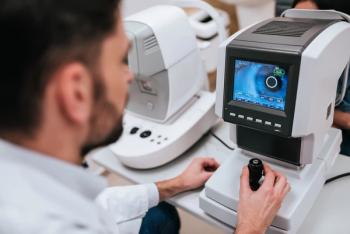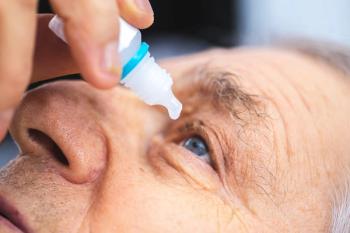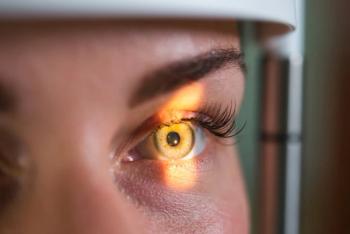
AAOpt 2025 recap: What's new in contact lens technology, trends, and more
Johnson & Johnson and The Contact Lens Institute were among industry leaders that provided research and study results during the conference.
Optometrists gathered at the 2025 annual meeting of the American Academy of Optometry in Boston to highlight the latest contact lens wear for address astigmatism and presbyopia and recent contact lens data from the Contact Lens Institute.
Giovanna E. Olivares, OD, global director of Research and Development, Johnson & Johnson Vision Care, focused the spotlight on the company’s first and only family of daily disposable contact lens for astigmatism, the Acuvue Oasys Max 1-Day Multifocal Contact Lens.
This contact lens combines three technologies, ie, filtration of blue light from the computer screen with the OptiBlue Light Filter, natural tear film support with TearStable Technology that results in two times less tear evaporation and longer tear film break-up time, and the blink stabilized design.
“In the next decades, we will see that patients are using their eyes in more challenging environments and challenge is to provide the best products to help patients,” she commented.
Erin Rueff, OD, PhD, FAAO, from the Marshall B. Ketchum University Southern California College of Optometry, Fullerton, discussed presbyopic contact lens wear and the need for clinicians to be proactive about advising patients about the availability of multifocal presbyopic contact lenses.
She explained that there is a mindset from the past that existed in response to the unavailability of products and technologists that meet the needs of presbyopic contact lens wearers. “We now have the best multifocal presbyopic contact lens technology available, but practitioners are stuck in the mindset that multifocals didn’t work for some or most patients. The technology we have now should be embraced and offered to our patients,” she said.
“We need to be the biggest advocates for our patients to give them the visual freedom that they want,” Rueff said.
Shelby Brogdon, OD, from Little Rock, Arkansas, is a Contact Lens Institute Visionary Optometrist. She summarized data gathered by the institute requiring contact lens based on the differing needs of the various generations of patients.
Gen Z, Gen X, and Millennials differ in their contact lens preferences. For example, each generation has different motivations that drive contact lens wear., ie, Gen Z and Gen X want spectacle independence, and Millennials want ease of use and comfort.
Lifestyle is also a factor to consider, she noted. For example, Gen Z patients spend a great deal of time using phones and computers and they want “quick, bite-sized information”; they will be easily bored with patient education. Brogdon advised that clinicians provide concise explanations about the various types of contact lenses available.
Newsletter
Want more insights like this? Subscribe to Optometry Times and get clinical pearls and practice tips delivered straight to your inbox.








































